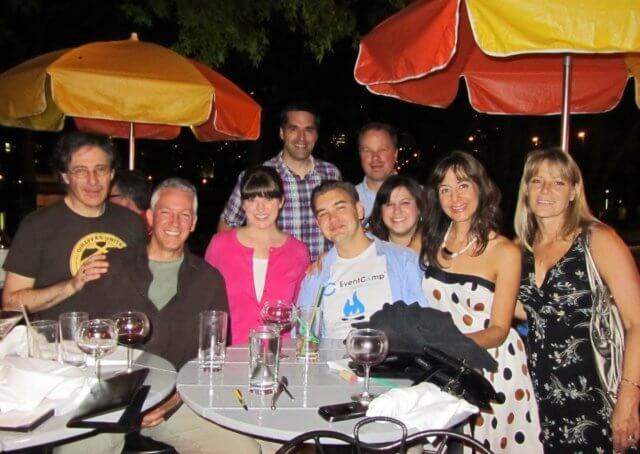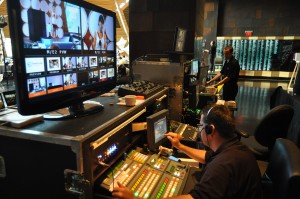I remember it all too well
“It was rare, I was there, I remember it all too well.”
Listening to Taylor Swift’s lament in her beautiful and evocative “All Too Well: The Short Film” I feel my own grief well up. My last in-person engagement was a wonderful two-day workshop with several hundred cardiologists in Texas. January 28 and 29, 2020. As I’m writing this, that was twenty-two months ago.
Since then, I’ve worked with many groups online. But it’s not the same.
I’m sure you can relate. Yes, it’s wonderful to be instantly connected, with video and sound, to like-minded folks, friends, and family scattered around the country or globe. So much better than the only option in my youth — the telephone. Long-distance phone calls then cost so much that speaking to someone far away or, heaven help us, internationally was a rare treat.
But it’s not the same.
I miss doing what I love to do. Facilitating connection between people around what matters to them. Creating meetings that become what the participants want and need. The magic of the unexpected that appears when you least expect it, and, sometimes, changes peoples’ lives.
Yes, that magic can and does happen online. But, in my experience, it’s much rarer.
In-person versus online meetings
Online, we meet using group-focused platforms that don’t have the power, nuance, and flexibility of in-person meetings.
- We can’t touch, hug, or connect physically.
- Even if an individual’s camera is on, the resolution still isn’t good enough to read their micro-expressions of emotion and body language that inform our experience of and connection with them.
- We can’t move to different environments online like we can in person: from sharing in a circle to learning about other participants via human spectrograms, from sharing with a neighbor to talking while walking.
The platforms themselves impose additional restrictions. In Zoom, for example:
- Spontaneous side conversations are restricted to private chat — if it’s enabled.
- A facilitator can’t “feel the room” during small group work, because there’s no way to simultaneously monitor breakout rooms. This important task is far easier to do in person, by simply walking around and noticing what’s going on.
- Attendee attention is hard to sense. Are they listening intently, ignoring what’s going on, or browsing TikTok? Even when their camera is on, it’s difficult to tell. And if their camera is off…
Online social platforms can provide an experience much closer to that of an in-person social. Participants can see who’s “in the room” and decide whom to talk with, either one-to-one or small group, in public or private. In the last couple of years, I’ve enjoyed holiday parties with folks who could never have practically got together in person, and these platforms are well worth exploring if you haven’t already.
But it’s not the same as hanging out with and making new friends in person.
The grief
And we’re back to the grief. “It was rare, I was there, I remember it all too well.” I see a photo of a meeting I attended with so many friends, and I miss them, and wonder if/when I’ll see them again in person rather than on a screen.

I feel it. It’s good to remember the past, to feel the pain of its absence now, to be in touch with it, to acknowledge its presence. And then I return to working on being in the present, with my grief a part of me.


